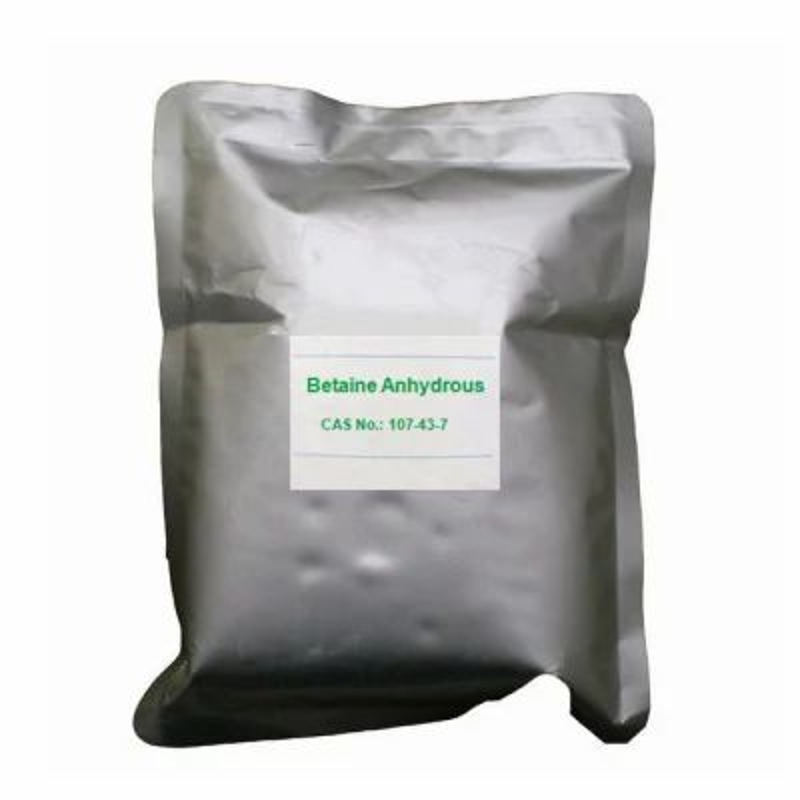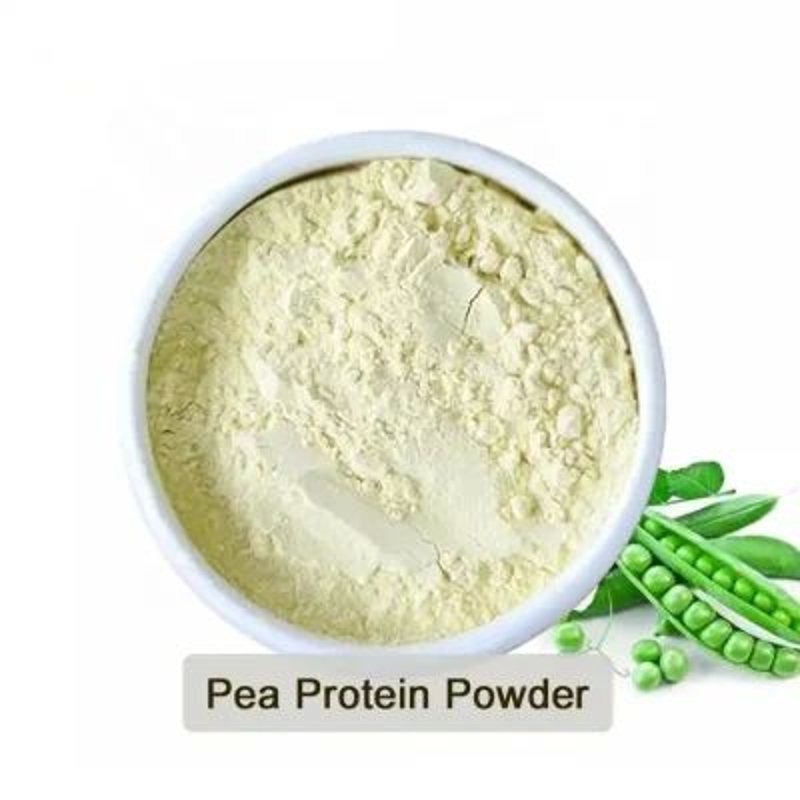-
Categories
-
Pharmaceutical Intermediates
-
Active Pharmaceutical Ingredients
-
Food Additives
- Industrial Coatings
- Agrochemicals
- Dyes and Pigments
- Surfactant
- Flavors and Fragrances
- Chemical Reagents
- Catalyst and Auxiliary
- Natural Products
- Inorganic Chemistry
-
Organic Chemistry
-
Biochemical Engineering
- Analytical Chemistry
-
Cosmetic Ingredient
- Water Treatment Chemical
-
Pharmaceutical Intermediates
Promotion
ECHEMI Mall
Wholesale
Weekly Price
Exhibition
News
-
Trade Service
Confocal microscopy image
of molten dark chocolate.
Image credit: Dr.
Siavash Soltanahmadi.
Scientists have deciphered the physical processes that take place in the mouth when eating chocolate, which goes from solid to a smooth emulsion
that many people can't resist.
An interdisciplinary team at the University of Leeds analysing every step of the way hopes to develop a new generation of luxury chocolate that has the same touch and texture, but is healthier
to eat.
At the moment of mouth, the feeling of chocolate comes from the way the chocolate is lubricated, either the ingredients of the chocolate itself, saliva, or a combination
of both.
When a piece of chocolate comes into contact with the tongue, fat plays a key role
almost immediately.
After this, solid cocoa particles are released, and they become important in terms of touch, so the fat deep inside the chocolate plays a rather limited role and can be reduced
without affecting the feel or feel of the chocolate.
"The science of lubrication gives us a mechanical understanding
of how food feels in our mouths.
You can use this knowledge to design foods
that taste better, texture better, or are good for your health.
"If chocolate contains 5 or 50 percent fat, it will still form droplets in the mouth, which gives you the feeling of
chocolate.
However, the position of fat in the composition of chocolate is important at every stage of lubrication, which is rarely studied
.
"Our research shows that the fat layer needs to be on the outer layer of the chocolate, which is the most important, followed by the fat effectively covering the cocoa particles, which helps make the chocolate feel so good
.
"
The study did not investigate how chocolate
tastes.
Instead, the focus of the investigation is on its touch and texture
.
The test was conducted
using luxury brand dark chocolate on an artificial 3D tongue-like surface designed at the University of Leeds.
The researchers used analytical techniques in the field of tribological engineering to conduct this research, which included in situ imaging
.
Tribology is about how surfaces and liquids interact, the degree of friction between them, and the role of lubrication: in this case, the liquid
in saliva or chocolate.
When eating chocolate, these mechanisms all occur in the
mouth.
When chocolate touches the tongue, it releases a fatty film that covers the tongue and other surfaces
of the mouth.
It is this fatty film that makes the chocolate feel smooth
throughout the mouth.
Dr Siavash Soltanahmadi, from Leeds School of Food Science and Nutrition, who led the study, said: "With the understanding of the physical mechanisms that occur when people eat chocolate, we believe a new generation of chocolate can be developed to provide the feel and feel of high-fat chocolate and be a healthier option
.
"
"Our research opens up the possibility
for manufacturers to intelligently design dark chocolate to reduce overall fat content.
"We believe dark chocolate can be made into a gradient layered structure with fat covering the chocolate surface and particles, providing the self-indulgent experience one craves without adding too much fat
inside the chocolate.
"
RESEARCH BY MINTEL, A BRITISH BUSINESS INTELLIGENCE AGENCY, SHOWS THAT BRITISH CHOCOLATE SALES REVENUE IS EXPECTED TO CONTINUE TO GROW
OVER THE NEXT FIVE YEARS.
Sales are expected to grow by 13% to £6.
6 billion between 2022 and 2027
.
The researchers believe that the physical techniques used in this study could be applied to study other foods that undergo phase transitions, in which a substance changes from a solid to a liquid, such as ice cream, margarine, or cheese
.
The project is funded
by the European Research Council under the EU Horizon 2020 Research and Innovation Programme.







